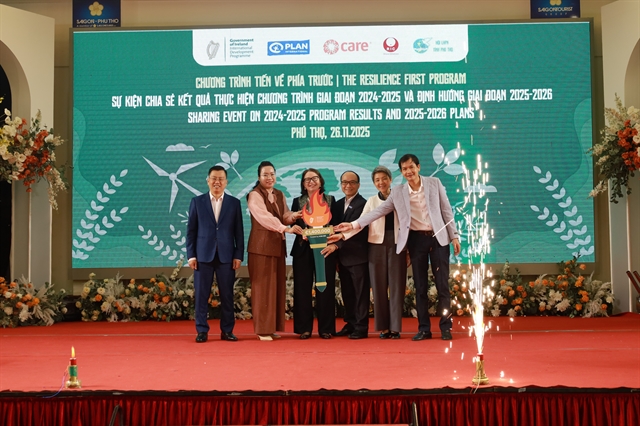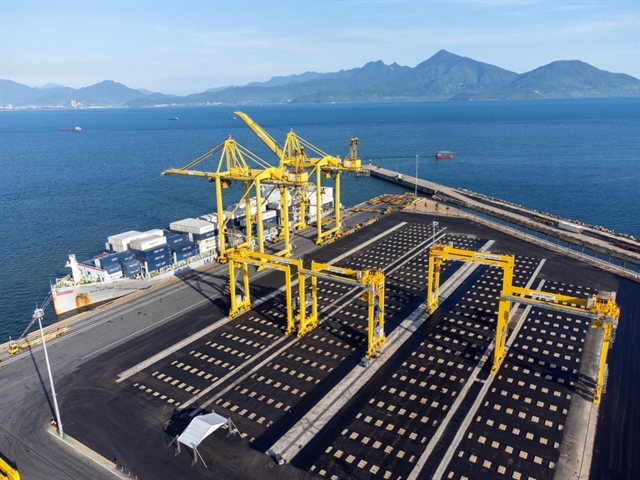 Society
Society


|
| Technicians monitor seismic indicators at the Institute of Earth Sciences (under the Việt Nam Academy of Science and Technology). — VNA/VNS Photo Hoàng Hiếu |
HÀ NỘI — Việt Nam counts 31 earthquakes with magnitudes ranging from 2.5 to 5 in May, mostly in Kon Tum and Quảng Nam provinces.
The statistics were revealed by the Institute of Earth Sciences (under the Việt Nam Academy of Science and Technology) on Monday.
On certain days, multiple earthquakes occurred in rapid succession, such as May 25 (eight earthquakes with magnitudes between 2.5–4.2) and May 27 (seven quakes ranging between 2.6–4)
Explaining the cause of these incidents, the Deputy Director of the Institute of Earth Sciences, Dr Nguyễn Xuân Anh, said that the frequent earthquakes in Kon Tum and Quảng Nam are primarily due to a combination of natural geological factors and human-induced seismic activity.
Both provinces lie along active or potentially active geological fault lines. However, the most significant factor contributing to the recent increase in earthquake frequency is the operation of large hydropower reservoirs, he said.
In Quảng Nam, the Sông Tranh 2 Hydropower Plant is known as a primary driver of induced seismicity, with the immense volume of water in the reservoir exerting pressure on geological faults. Meanwhile, reservoirs such as Thượng Kon Tum (Kon Tum Province) are also identified as the cause of small to moderate earthquakes.
Anh noted that while the earthquakes in these areas typically have moderate magnitudes (below 5.5), their frequent occurrence can affect people’s daily lives, adding that this pattern of induced seismicity could persist for many years.
He stressed the need for detailed assessments and localised data collection to help scientists calculate risks and strengthen the earthquake monitoring network.
He recommended a nationwide review, which should assess earthquake risks for densely populated cities, key economic zones and critical infrastructure in high-risk areas. This should include studies on the effects of distant earthquakes and the installation of vibration sensors in tall buildings to assess seismic impact.
In addition to public education and training on disaster survival skills, evaluations should be conducted on the earthquake resistance of homes and buildings, particularly in high-risk earthquake and tsunami zones, he added. — VNS




